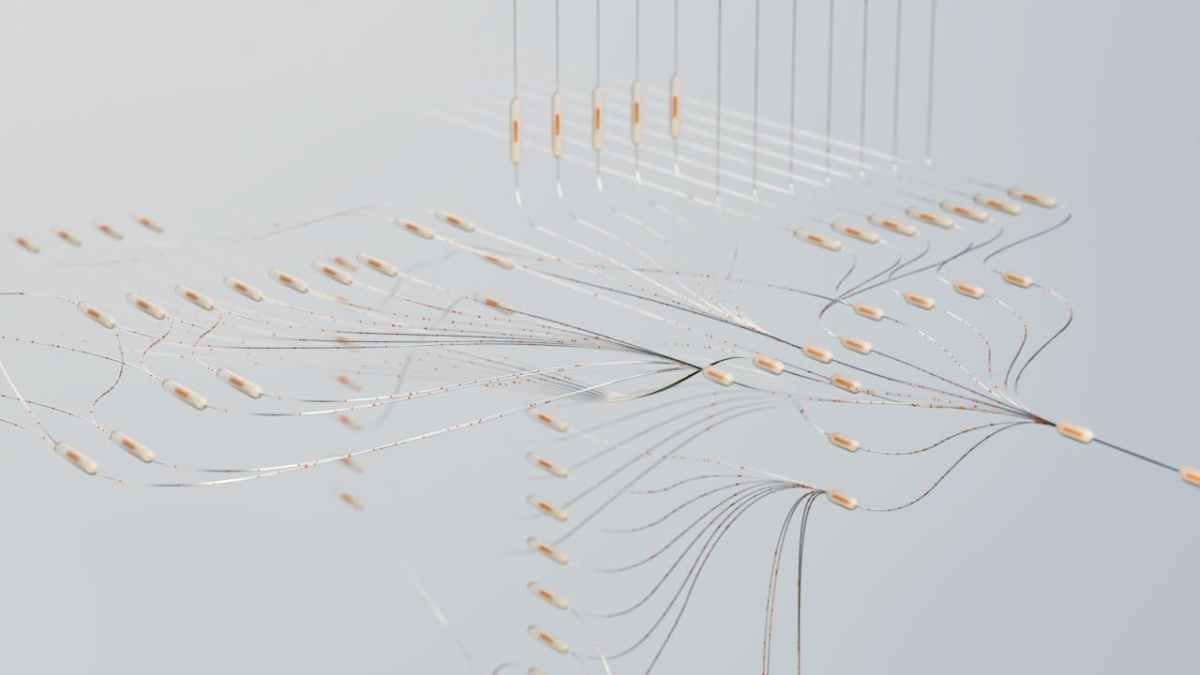MEC, or multi-access Edge Computing, is defined as a type of network architecture that provides cloud computing functions and an IT service environment at the edge of the network.
It is a technology that can be defined as cloud services running at the edge of a network, as mentioned above, and performing tasks in real time (or almost) that would otherwise have to be processed in central infrastructures or centralised clouds.
The aim of this technology is to reduce latency, a particularly important concept.
Latency: what is it?
When asked what latency is and why it is important for it to be low, we can summarise it as the delay in transmitting information packets across a network.
The lower the latency, the less time it takes for information to travel from one point to another, which can be of enormous importance – or even critical – in certain cases.
What is MEC
Multi-access Edge Computing (MEC) is a telecommunications network architecture that allows cloud and IT resources, methods and technologies to be located in data centres within the telecommunications operators’ network.
MEC is a standard from the European Telecommunications Standards Institute (ETSI) designed for mobile networks and developed for fixed and converged networks.
Having computing and storage resources closer to the customer enables real-time processing, as well as offering guaranteed bandwidth and greater security and privacy while reducing latency, a concept we have already explained above.
All these features reduce the computing requirements of devices and reduce the inefficient use of communication capacity compared to the centralised cloud.
Why is it important?
Given that the digital revolution we are immersed in requires an ever-increasing amount of data, it is also necessary for targets and machines to communicate with each other and with us.
These needs are also accompanied by greater immediacy, something that networks, devices and clouds help to satisfy despite increases in traffic demand.
What is Edge Computing?
Edge Computing is the evolution of Cloud Computing developed with the aim of processing and storing data as close as possible to the edge of the network; that is, to the place where the data is being generated.
It can therefore be summarised as bringing the cloud closer to the user by making the capabilities that were previously available on a distant server much closer to the devices and, therefore, to the end user, minimising both latency and bandwidth usage.
Differences between MEC and Edge Computing
While Edge Computing is a network technology that processes and analyses data on the terminal itself or on a nearby computer, MEC differs in that it takes mobile communications into account, as mentioned above.
Evolution of 5G thanks to Edge Computing
5G connectivity combined with Edge Computing offers a number of benefits resulting from the complementary nature of both technologies: while 5G increases data transfer speeds compared to 4G, Edge Computing reduces the round-trip journey of data between devices and data centres.
Combining both technologies promotes a more efficient and fluid user experience, especially in processes where data must be transmitted in real time, such as in digital health (e.g., remote surgical operations) or augmented reality.










